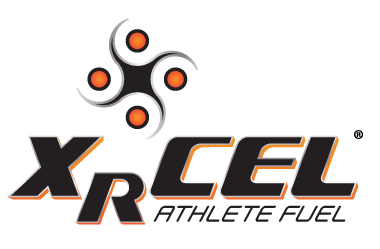23 Jul Three reasons why triathletes should strength train: 5 Exercise to get you started
“But I don’t have time!” A common phrase uttered by Ironman athletes. You put so many hours of precious time into swimming, biking, and running that no time is left for other aspects of training like strength work and recovery. I would love to discus recovery in a future blog (you can just sleep through that one), but here we will discuss what I have gained through strength training and how it can impact you too.
1. Injury prevention
Everyone has muscle imbalances. Even the best-trained triathlete will have imbalances of strength, which can be a contributing factor to injuries. Lifting relatively heavy weights will even out those imbalances while also strengthening tendons, ligaments, and bones making them more injury resistant.
2. Increased strength/power/performance
There is so much research showing that strength training benefits event endurance athletes. Studies have shown a 13% improvement in running time and increased stamina on the bike. In a race that is all about stamina, strength training will increase that and will help competitors maintain good form through the end of a race.
3. Increased testosterone
Yes, it’s a banned substance to take but it can be increased in natural ways such as lifting weights. While endurance training has been shown to decrease testosterone levels, strength training can be used to counteract those effects.
If you don’t know where to start, here are a couple of exercises to get you started:
1. Dead lifts (great for getting more power on your bike)
Set a barbell on the floor with appropriate weights (you can start with 5lbs if you have no idea what you can do). Your feet should be shoulder width apart and the balls of your feet under the bar. Bend at the hips (not the waist), slightly bend your knees then grasp the bar underhand with one hand and overhand with the other. Stand up by raising your hips and shoulders while maintaining a flat back. Keep your core tight and slowly lower the weights back down to the ground.
2. Squats (great for holding running form)
Put a barbell on the top part of your back (traps). Stand with feet hip-distance apart. Slowly lower yourself as though you are sitting in a chair and focus on keeping your bum back. Stand back up without locking your knees.
3. Overhead pull-over (all muscles of the catch phase of swim stroke)
Get into tabletop position on a stability balls by placing your upper back on the ball, your feet planted on the floor, and your hips up. With slightly bent elbows, bring a dumbbell up over your head and back down.
4. Punch-outs (core work that helps everything)
On a cable machine, position it slightly lower than chest level. With your feet hip-width apart and with your side to the machine, punch your hands out and bring them back into your chest. Focus on keeping your core tight and engaged.
5. Planks (core work that helps everything)
Get down on your elbows and toes. Focus on keeping your body in one straight line by not allowing your hips to sag or rise up too high.
– Jocelyn McCauley







No Comments